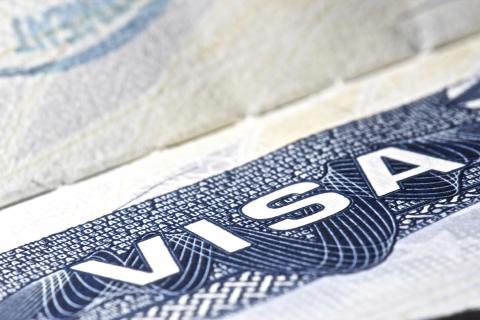The approaching summer vacation was supposed to be packed full of exciting plans for me and my friends. Some wanted to visit their family back in Nepal, some were ready for internships; others, like me, hoped to work on campus during the spare time.
Unfortunately, the coronavirus pandemic suddenly upended plans in almost every part of the world. With each passing day, the situation escalated, classes transitioned to online, campus started to close, and students started to move out.
While our American friends rushed back to their homes, many of the international students were left on campus in dorms. The same apartments that had once seemed crowded suddenly felt too empty. The same campus that had always seemed lively suddenly looked lifeless.
Many of my friends who planned to return home to Nepal didn’t have anywhere to go; most of the internships got cancelled, and even my campus job was in question.
During this time, the US government gave out stimulus cheques, and the Cares Act sought to provide support to students. Unfortunately, these plans didn’t apply to international students.
International perspective: a British student in the US during lockdown
Interviews with international students in Canada about the Covid-19 situation
An international student’s countdown of feelings during the coronavirus
Covid-19 memoir: how I returned home as a Chinese student studying overseas
For international students who depend on scholarships and financial aid to get through the school year, the pandemic has brought both financial and mental-health concerns. As the regulations for international students are strict on employment, there is almost no option other than to incur more credit card debt or take out student loans.
To make matters far worse, on 6 July, the Immigration and Customs Enforcement (ICE) service announced that international students currently enrolled in educational institutions planning go fully online had to leave the US or transfer to an in-person institution. This came as a blow to millions of international students in the US.
My heart raced when I saw social media sites flooded with stories and comments about the new policy.
It felt as if we were being used as pawns that political leaders could sacrifice in order to fulfil their agendas. It is easy for negative thoughts to loom in our minds amid difficult times, and I was not immune to them.
As I depended on university aid for my meals and housing, I began to worry that I could end up being homeless and financially challenged. Because the flights back home were not operating, there was a strong chance this could happen.
Fortunately, many colleges and universities joined together against the new policy, and now the decision has been overturned, at least for students within the US.
There are still no definitive answers, though, on how colleges will function this autumn. With online classes, the issue of cost still needs to be discussed.
After all, if classes are to be online, is it really worth it to be on the other side of the world from your home and to pay thousands of dollars on tuition and living expenses? Should there be some changes in the costs to compensate for the lost college experience?
The issue of international students is not just around those who are already in the US but also the many prospective students who are considering studying in the US. With more than a million students enrolled in the 2018-19 academic year alone, there is a big question about how Covid-19 will affect enrolment in the US.
Back in Nepal, it has been months since the US embassy stopped its routine visa services, and it has been the same in many other countries. International students usually spend a year or more applying to US universities, and now, when they are accepted, there is no knowing what classes will look like.
Many US institutions would probably prefer to go online during the autumn semester, but this creates yet another problem for international students because there is no assurance of a student (F-1) visa even with an acceptance letter.
So, all that money spent taking classes online might go down the drain if the students are refused an F-1 visa. For those who are not willing to take the risk, many universities provide an option to defer admission. However, the long wait might change students’ minds about enrolling.
US institutions are home to people from diverse backgrounds and cultures, so I feel it’s important to discuss the case of international students.
Read more: How are universities going to be social distancing in September?

Comments